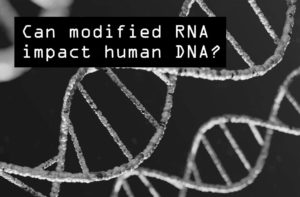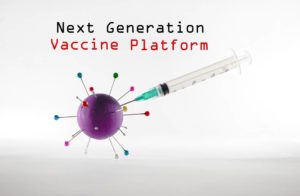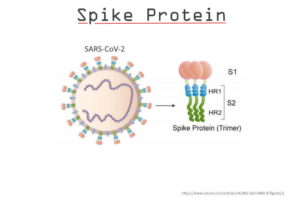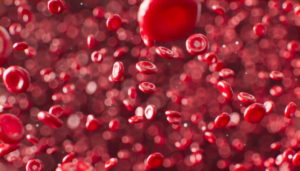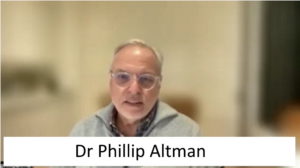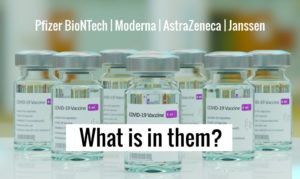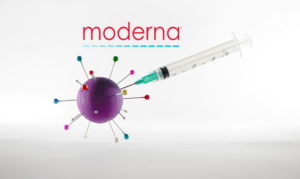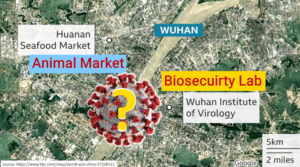In 1961 Sydney Brenner, Francois Jacob, and Matthew Meselson discovered that messenger RNA (mRNA) is the molecule that takes genetic information from DNA in the nucleus to the protein-making machinery (ribosomes) in the cell cytoplasm. Thus answered the question of how proteins were synthesised in cells. [1] "A length of DNA that includes the "blueprint" for a single protein product is called a gene. Each three-nucleotide sequence [codon] carries the instructions for making a particular amino acid, with amino acids being the building blocks of proteins". In all, there are 20 amino acids which can be used to form a polypeptide chain, which when folds into a 3D shape it becomes a protein. [2, 3] RNA is chemically similar to DNA except that: The sugar in its nucleotide building blocks is ribose and not deoxyribose RNA uses the nucleotide base uracil instead of thymine. But like thymine, uracil can pair with adenine RNA, especially mRNA, tends to be single-stranded, not double-stranded like DNA Natural mRNA degredation is a precise, genetically controlled process with an approximate half-life of around 9 hours. Around 40 proteins are produced/mRNA/hour. [5, 6, 7, 8] In the COVID-19 gene-technology mRNA 'vaccines' the nucleotide uracil (uradine) has..
> READ MORE

